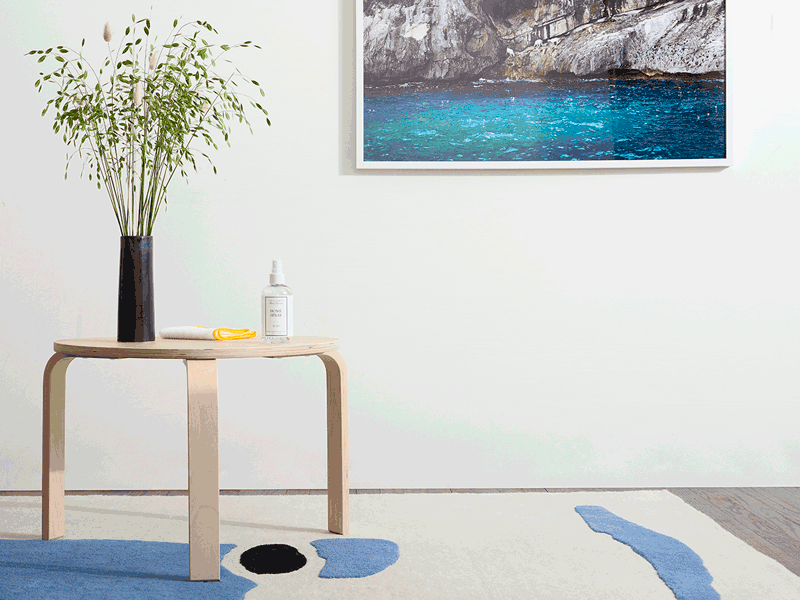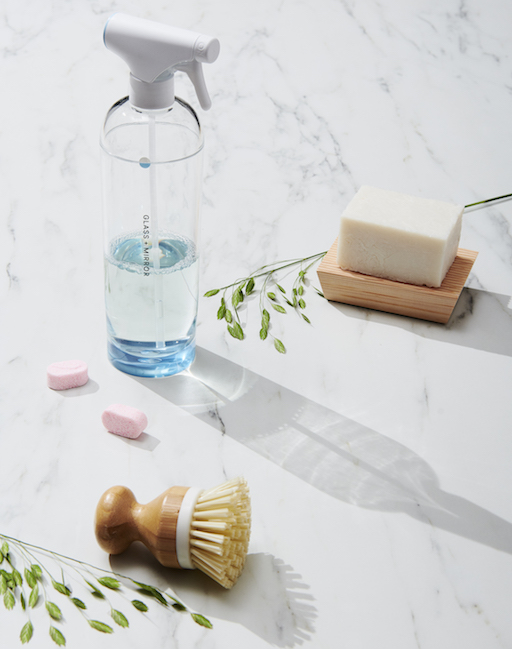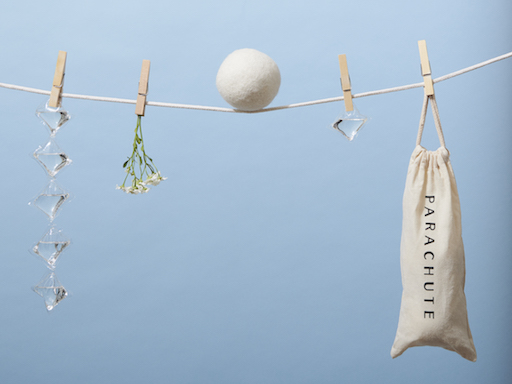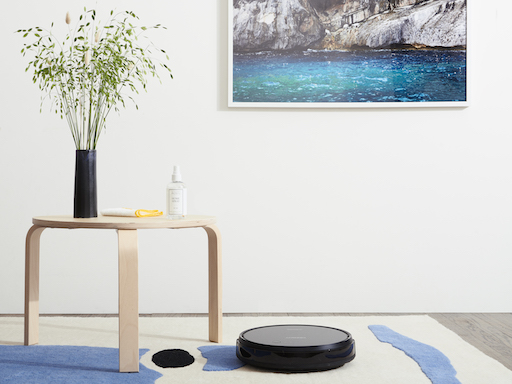Clean Up Your Cleaning Routine with These Eco-Friendly Solutions

Whether you’re an adamant daily cleaner or you only bring out the duster when build-up becomes unbearable, there’s no denying that household cleaning is one chore we can’t skip out on. Usually, it means we grab a bottle stowed away under the kitchen sink, wipe down a few surfaces, sweep the dust bunnies out from under our bed, and call it a day. Simple as that.
But what we don’t see in our relatively easy tidying process are the negative long-term environmental effects that come from single-use paper towels, wasteful plastic containers and an array of unknown chemicals. It’s time to clean up our cleaning routines once and for all — with more natural, eco-friendly supplies. And remember, small steps are fine!

For the Kitchen & Bathroom
You might not even realize it, but your run-of-the-mill cleaners are, in a sense, not necessarily clean — at least not for the environment. Many are made with single-use plastics that you throw away as soon as you use it up. To cut down on plastic waste, consider companies like Blueland, that offer refillable, shatterproof acrylic containers. To fill them, just drop in the brand’s accompanying tablet cleanser (each one comes in biodegradable wrapping) and fill tap water to the brim — that’s it. They offer formulas that clean everything from bathroom tiling to windows and kitchen counters.
While you might not wipe down your surfaces every single day, there is one cleaning solution you probably use daily: dish soap. Unbeknownst to many, liquid dish cleanser contains excess water. Enter: solid dish soap. Much like a solid bar of hand soap, this dish soap comes in a solid block that you activate with water. This option eliminates plastic, plus the heavy-duty block will last you a really, really long time (potentially long enough until you can finally afford a dishwasher).
As for that dish sponge you’re using? There are other options to consider. Most basic kitchen sponges are made with oil-based plastic or polyester and some are even treated with chemicals like Triclosan (a big no-no ingredient for bareMinerals). Green options, like bamboo brushes with recycled bristles, leave a smaller eco-footprint while also lasting longer than the average sponge.

For the Laundry Room
Not everyone has the luxury of having a laundry room in their home. But no matter if you’re one of the lucky few or you make a weekly trek down to the local laundromat, there are several ways you can clean up your routine. For starters, laundry detergent pods are both convenient and skip out on plastic waste. Dropps detergent pods (which clean clothes with a fresh blend of plant-derived ingredients and natural essential oils for fragrance) come in biodegradable, water soluble. And instead of wasteful packaging, the pods come in compostable cardboard packaging that you subscribe to in bulk.
As for the dryer, there are plenty of methods other than dryer sheets. It’s easy to fall for the allure of scented dryer sheets with the promise of making your clothing as snuggly as a teddy bear. Instead, products like Parachute’s Wool Dryer Balls are reusable for up to 1,000 loads. The 100% natural, hypoallergenic wool fluffs pillows, softens fabrics and decreases dryer time by 50%, so you can spend less money, time and literal energy.
For those heat-sensitive fabrics you never ever dare to toss in the dryer, clothing racks or clothing lines provide a surface to airdry. Sure, the methods are old-fashioned, but they’ve stood the test of time for a pretty good reason: no energy required, no environmental impact and easy, compact storage.

For the Living Room
That old vacuum tucked in your closet is harmless, right? Well, not entirely. Older models tend to suck up a lot of energy. Plus, they have a habit of spitting dust and allergens back out into the air. But we live in a modern world, with robot vacuums that mop, clean hardwoods and charge themselves at the ready. Ecovacs DEEBOT vacuums use floor mapping and smart navigation to efficiently clean (even when you’re not home). Plus, the company relies on solar power energy for a third of their factory’s entire energy usage.
When it comes to dusting, your microfiber rags might be doing more harm than good. Reports say that the synthetic material works similarly to microplastics and microbeads by making its way into the water supply and potentially harm marine life. Options like organic cotton, bamboo fabric, or even old, upcycled cotton shirts work just as well, plus they’ll have much less negative environmental impact when you inevitably toss them or recycle them a few years down the line.
No matter how hard you clean, and no matter how many times you let your robot vacuum roam free, unwelcome odors happen. That’s where a nontoxic room spray comes in handy. Instead of using an aerosol spray packed full of ethanol and who knows what else, sprays like The Laundress Home Spray neutralize odors without harmful phosphates or allergens. Spritz it in the air or freshen up fabrics and furnishings that rarely get washed.





